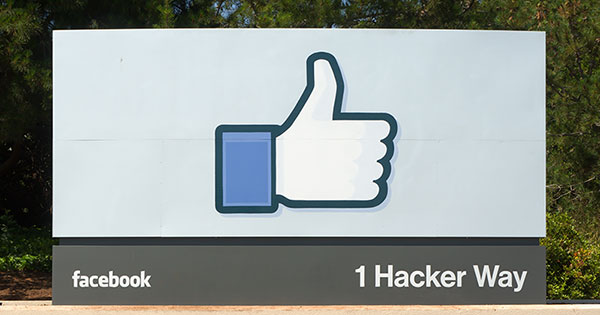Facebook on Wednesday reported earnings of 79 cents per share on US$5.84 billion in revenue for Q4 2015, and annual revenue of $17.93 billion, an increase of 44 percent year over year.
Net income for the full year ended Dec. 31 was $3.69 billion.
Analysts reportedly had expected per-share earnings of about 68 cents on revenue of $5.37 billion for the quarter.
“2015 was a great year for Facebook,” CEO Mark Zuckerberg said. “Our community continued to grow and our business is thriving.”
Shares were up in Thursday afternoon trading.
Mobile Strategy
Facebook’s recent success can be credited in large part to its mobile strategy.
Mobile ad revenue represented approximately 80 percent of total ad revenue in Q4, up from 69 percent in the fourth quarter of 2014, the company reported.
“Four years ago, Facebook was perceived to be behind the curve on mobile advertising, and in that time they made a great transition, second only to Google, the leader in the mobile advertising mobile space,” said Greg Sterling, vice president of strategy and insight at theLocal Search Association.
“Facebook is a beneficiary of a massive audience, and they have almost a billion people who every day can look to the mobile app,” he told the E-Commerce Times.
However, the company also should be credited with ensuring that the audience was treated to a solid experience on mobile devices, Sterling added. To that end, Facebook has “done a lot of tweaking on its News Feed and in the mobile app overall.”
Masses Go Mobile
More than 90 percent of Facebook’s monthly 1.4 billion users access the social media service via mobile devices, according to figures fromJuniper Research.
“The consumer preference for the mobile device as a whole has aided in this — consumers want their content on the go, wherever they may be,” said Lauren Foye, research analyst at Juniper.
“Facebook has utilized this, and has crafted an efficient and easy-to-use mobile social network,” she told the E-Commerce Times.
Moreover, the company has integrated advertising successfully with its mobile application, seeing 80 percent of its advertising views from mobile devices, Foye added.
“The prevalence of instantly playing videos on the app has seen preroll and banner ads gain large-scale viewership from an established audience, which Facebook has carefully built over the past few years,” she noted. “Facebook’s overall business, which includes instant messaging and photo platform Instagram, will aid in the continued growth of advertising hits.”
Competition for Mobile Eyeballs
Facebook trails only Google in terms of overall reach on mobile devices for advertising dollars.
“Google has a healthy display business and it is unchallenged in search on mobile, whereas Facebook is the prominent display company,” said the Local Search Association’s Sterling.
“If Facebook made a viable local search play, that could be quite potent for them,” he added.
The company has begun letting usersfind local and small businesses, but a full version is still coming.
“If they do something that like that, it could make some serious waves,” Sterling suggested.
“Facebook has tried many efforts to extend its connection with consumers. Some have stuck and other haven’t, but the mobile side definitely appears to be working,” noted Jim McGregor, principal analyst atTirias Research.
“Mobile is critical to all players in the social networking arena,” he told the E-Commerce Times. “While this does solidify Facebook’s position, it does not eliminate the potential for others, especially when linked to other applications.”
Taking Down the Two
The mobile advertising landscape is more or less Google’s and Facebook’s to lose.
“In some ways it doesn’t seem that anyone can challenge them, and it won’t be Microsoft or even Snapchat,” explained Sterling.
“This is also why Facebook bought WhatsApp for $19 billion,” he noted.
“Google and Facebook are competitive for this market, and there is awareness of the other as a competitor as they are direct competitors for the same segment,” said Sterling. “There is the innovator’s dilemma as there is always that next successor company that shows up and there is a change that disrupts the market.”






















































Social Media
See all Social Media